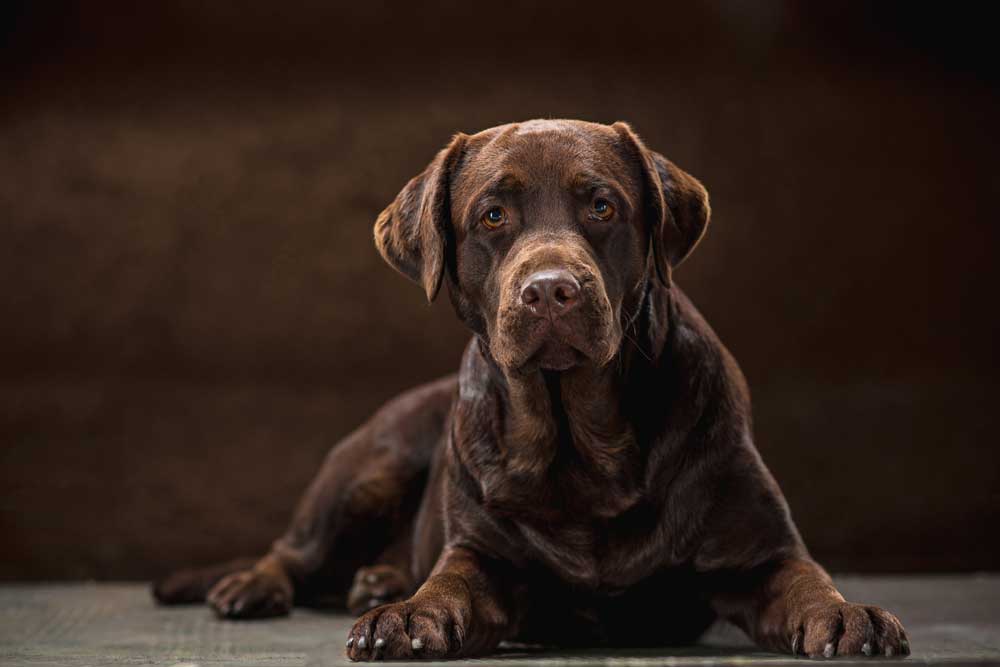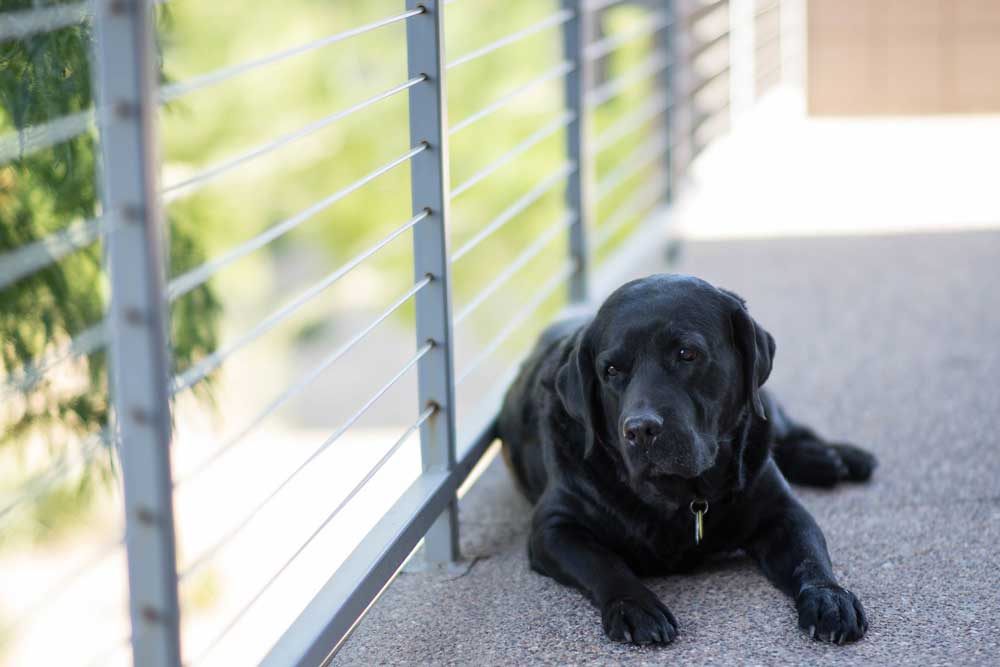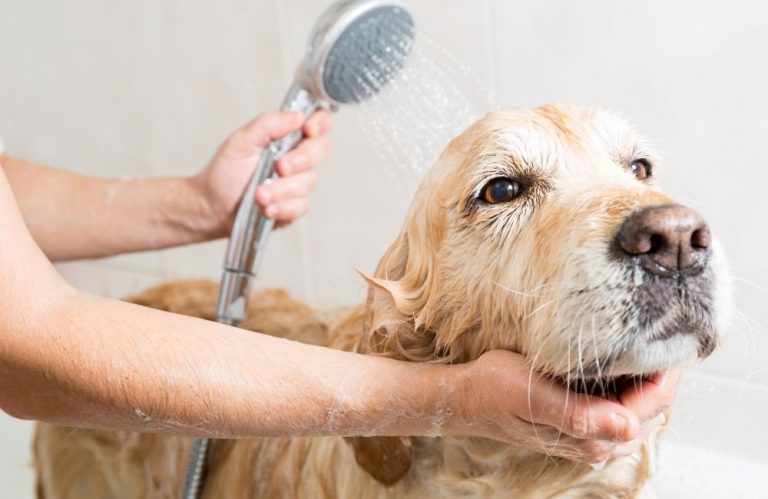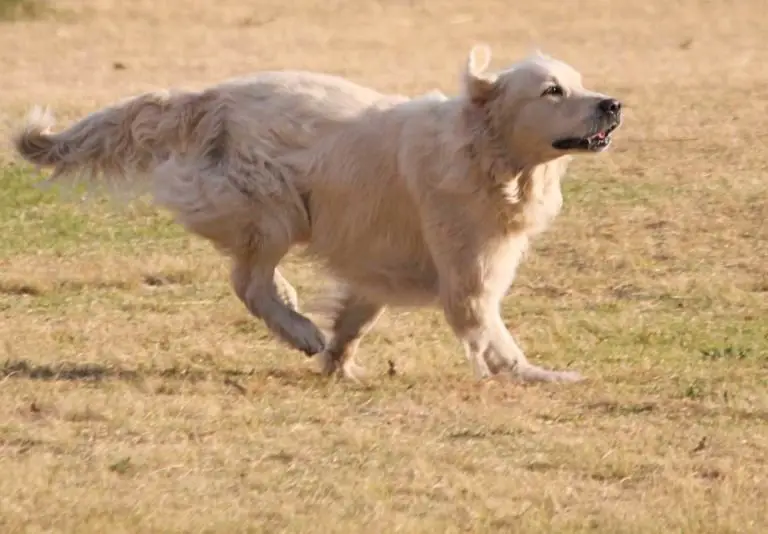A Complete Guide To The Black Labrador Retriever
Are you planning to expand your family with the inclusion of a pet dog? If you are new in parenting a dog, it is advisable to choose the one who is friendly, compassionate, and not very high maintenance. As a new parent, handling a sophisticated or aggressive natured pet will be difficult for you, and the canine will not respond positively. Although all dogs require some time to adjust to a new environment, an easily socializing dog is a better choice for first-timers.
Black Labrador Retrievers are one of the most popular among dog parents, all over the world. These medium-large breeds are excellent human companions and have a fantastic temperament. Let us discuss the entire features and characteristics of Black Labrador Retriever and understand their needs and requirements.
This guide will help you to know about a Black Labrador Retriever in detail.
Origin and background:
Labradors dated back to the early 19th century. They were most famous for their fishing skills. They would especially bring the nets and catch back the escaping fishes. The progenitors of the breed imported them from Newfoundland to Europe. They were useful as gundogs. Earlier, the breed had its name from the place of its origin, Newfoundland dogs. Later, there were known as Labrador Retrievers. They were experts with hunting skills of waterfowling.
Physical Structure:
Being a medium-large breed, a male Labrador weighs around 36 kgs, whereas the female weighs about 32 kgs. The height may vary from 57 to 62cm in males and 55 to 60 cm in females. Along with a broad head, they have naturally pronounced eyebrows, which enhance their eyes’ expression. With a medium muzzle and powerful jaws, they have a firm grip. However, they are prone to obesity but have a muscular body.
Coat:
Black Labrador Retrievers are known for their double-layered coat. It is short but dense and thus helps the breed in regulating body temperature. The topcoat is thinner than the undercoat. They shed excessively, especially during molting season for twice a year. Since the coat is water-resistant, Labs do not catch a cold quickly in the winters.
Similarly, they shed off their coat during summers to relieve themselves from scorching heat. The fur grows back during the winters. Although three different colored coats are available in the same breed, black coated Retrievers are most common because of their dominance.
Types:
There are two types of Black Labrador Retrievers based on their strain. The English Black Labs were show dogs, and the American Black Labs bred as working companions. However, both the lines are available in both England and America. Thus, a human parent can choose as per their purpose.
- English Black Labrador Retrievers compete in dog shows and are evaluated by judges based on performance.
- American Black Labrador Retrievers require extensive training and are useful as companions in law enforcement cases, due to their keen sense of smell.
Popularity:
Being a friendly and affectionate breed, Black Labrador Retriever is quite popular among humans, considering them as pets. They received their recognition after a few years of World War II. Due to combining the essential traits, people found them appropriate for games and as sniffers. They are excellent therapy dogs and can function for detective projects for official agencies. They can retain the smell of an object and follow the scent to find it. Since they are also obedient, they are excellent for search and rescue operations.

Attitude and individuality:
As they are obedient, they are the least aggressive. Being mild in temperament, these are ideal as family pets. They are fast, enthusiastic, and enjoy physical activities. They are excellent field dogs for their specific skills like loyalty, strong smell, and outgoing.
Independent:
They enjoy their independence and do not stay indoors for a longer duration. They require constant engagement in stimulating their mind and release powerful energy in the body. Females are more independent than the male Black Labrador Retriever.
Aggression:
Although there are minimal chances of aggression and unnatural behavior, few instances may tend them to exhibit those. For example, any strange noise or sudden sound may enhance extensive barking until they find the exact source.
Social:
As they are quite social and can mingle with strangers readily, they are not suitable for guarding the house or another member for protection.
Boredom:
Labradors prefer to remain engaged in some of the other sort of activity. Boredom may often let them escape if they find a pleasing smell or encouraging activity. Many dog owners face instances where they lose their Black Labrador Retriever. Thus, usually, you will notice the use of trackers by pet parents on their Labs. You may also place an ID card around its neck so that other passers-by may help you return your pet if lost. Thus, it is advisable to keep a watch on your pet while outdoors.
Grooming and Maintenance
As already mentioned, Black Labrador Retriever has a double coat, which sheds twice a year. However, some Labs also shed throughout the year, which can be quite messy when indoors. Thus, Black Labrador Retrievers require regular brushing of their coat. However, other than that, they are low-maintenance.
Grooming:
Regular brushing of the short and dense coat will extract the dead hair and help in the natural secretion of oil. While brushing, these oils will be naturally distributed all over the body. Pet parents need to invest in a bristle brush and use it at least twice a day.
Bathing:
As Black Labrador Retrievers are outdoor indulging dogs, they often cover themselves with mud and dust. Although daily bathing is not considered healthy for pet dogs, a regular cleaning with a moist or damp cloth will keep them clean. Parasites often stick to the body while playing in contaminated soil. Use a mild shampoo so that it does not irritate the soft skin of Black Labrador Retriever while bathing.
Caring:
As a Black Labrador Retriever nears his old age, the energy and enthusiasm may often slow down. They also tend to get obese as their outdoor activities reduce. Thus, it is essential to care for an older Lab at his maturity. The life expectancy of a healthy Lab is around 12 years.
Training:
Although Labradors are popular as pet dogs, they also require early training to direct their behavior towards different people. Coaching helps them to minimize unnatural or destructive behavior. With training and practice, they impart better service.
Early socializing:
It helps Black Labrador Retrievers to be comfortable around new people and places. A regular walk in the neighborhood or the park gives them a better experience every time. It helps in minimizing their tendency of barking while meeting new people.
Exercise:
Being an energetic breed, require regular exercise to channelize their energy. Labs are working dogs, an absence of physical activity makes them behave differently from natural tendency. Boredom often leads to destructive behavior. Since they do not prefer being indoors all the time, outdoor activities or exercises help them remain engaged. A game of fetch of tug-of-war will give them excitement and fun.
Command and Obedience training:
Since Labradors are easy to train, starting with commands during training sessions is a better idea. Simple commands like sit, come, heel, and fetch are good to begin. One can also take them to the nearby training school if specialized training is required. For handling people with disabilities or blindness, it is better to train a Black Labrador Retrievers by a professional.
Leash training:
Since they are large breeds, leash training is a must of them. While running by the side of their cycling partner or while a brisk walk outdoors, a leash will help the human parent to handle him better. But to adapt to the leash, a Black Labrador Retriever must have leash training beforehand, or the confinement may not be comfortable for them.

Health:
Within 12 years of their life expectancy, a Black Labrador Retriever may undergo some health issues. Most of the health issues are inherited, thus, most professionals and rescue workers suggest not to adopt a Lab younger than eight weeks. They are also prone to obesity in the maturing stage.
Inherited disorders include hip and elbow dysplasia and knee problems. They are also eye problems that they face like cataracts and corneal dystrophy. However, there are also some chances of autoimmune diseases. Since Labs like to eat, without regular physical training and exercise, they also tend to gain weight.
Diet:
It is very crucial to keep a check on the diet of a Black Labrador Retrievers. Excessive food can lead to obesity. However, since they require regular physical exercise, they also need a balanced diet with all the nutrients in the required proportions. Their meal must contain ingredients that provide omega-3 and omega-6 fatty acids as they help grow a healthy and shiny coat. Seek a doctor’s advice on the balanced diet for a Black Labrador Retriever to help them maintain their body weight.
Vet check-ups:
Like all other pets, regular clinic visits for a check-up will help in identifying underlying health issues. It is vital not to miss any dose of vaccination. Consult a doctor whenever you notice changes in their behavior, which is not usual.
Black Labrador Retrievers are faithful and loyal to their human parents and deserve the same kind of affection and concern. If you are a parent to a Lab or are planning to adopt one, make sure you are capable of providing him the basic needs and requirements. Lots of love, care, physical activities will help your Lab lead a happy and satisfactory life.







